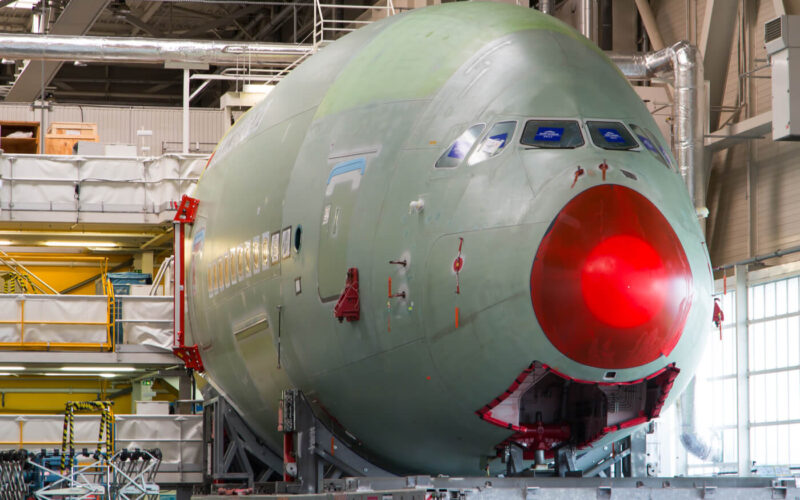From March 2020, the United States will raise the customs tariffs imposed on Airbus aircraft imported from Europe from 10% to 15%, in retaliation for the subsidies received by the European aircraft manufacturer.
The aircraft of the European manufacturer were already under a 10% tax since October 2019, when the World Trade Organization (WTO) officially authorized the United States to impose tariffs on $7.5 billion of imports from the European Union.
Airbus reacted to the decision of the Office of the United States Trade Representative (USTR) with a statement, saying it “deeply regrets” the decision to increase tariffs that “further escalates trade tensions between the US and the EU, thereby creating more instability for US airlines that are already suffering from a shortage of aircraft,” in reference to the grounding of the Boeing 737 MAX for the past eleven months. Southwest Airlines (LUV) and American Airlines (A1G) (AAL) were among the biggest operators of the aircraft.
Airbus also argued that the “decision ignores the many submissions made by US airlines, highlighting the fact that they – and the US flying public – will ultimately have to pay these tariffs.” Taxes only apply to aircraft already assembled in the European Union, leaving out those coming out of Airbus’ assembly line in Mobile, Alabama.
The Trump administration had originally taken this decision as punishment for the illegal government subsidies received by Airbus for two programs, the late A380, and the A350. Additionally, a 25% tax was enforced on a varied list of 89 products, ranging from pork sausages to whiskey, wine, cheese, but also copper and iron.
Airbus hopes that the USTR will reverse its decision once the EU is authorized to impose similar tariffs on Boeing aircraft during summer 2020. Indeed, Boeing was found guilty of receiving unjustified tax breaks from the U.S. authorities. The WTO is currently in the process of estimating the scale of potential trade sanctions.

